Half-awake, I lie in bed watching videos of Russian airstrikes in Ukraine, cat memes, news of yet another school shooting, and get-ready-with-me’s on TikTok.
It’s a place of privilege, to be able to lay in my bed and scroll through social media on my phone, catching glimpses of violence interspersed with clips from America’s Got Talent and “67” memes.
Humor, destruction, joy, carnage on repeat.
And it’s daily. Hourly, even. At least once a day when I open my phone I see death, scenes of violence gone viral pumped into my feed.
I’m not alone in this chronic witnessing of chronic violence. An American child will have seen 200,000 acts of violence on their screen by the time they turn 18. That’s 30 scenes of violence a day from the day they are born until they reach adulthood.
As a member of Generation Z, technology has been ever-present in my life, plugged into the internet for as long as I can remember.
In the fourth grade, I watched videos on Instagram of George Floyd’s life taken under the knee of a Minneapolis police officer. I was just starting to get the hang of long division and California history, yet I had witnessed on social media a human being’s final breath.
In the fifth grade, I watched, on my phone, security camera footage of hate crimes against Asian American elders in Los Angeles’s Chinatown. A place beloved to me was no longer a neighborhood where my family bargained for fruits and clothes, it was a crime scene marred by hate and violence.
By the sixth grade, I was no longer shocked by scenes of arson, starving victims of global conflicts, and police brutality. Instead, I became numb to the constant bombardment of death and violence that crossed my screen.
And I’m not alone in that either. Consistent exposure to violent media has been shown to decrease empathy and increase anxiety and depression.
Now a sophomore in high school, the numbness that settled in in elementary school persists — every time I tap on TikTok and Instagram I’m immune, no longer shocked or surprised by what scrolls through my feed.
And then, almost as quickly as they appear, graphic scenes of violence get sucked back into algorithms, replaced with clips from reality TV, cookie recipes, and try-not-to-laugh challenges.
And then another mass shooting, another bombing in Gaza.
Seeing everything, everywhere, all the time, is unique to my generation, and to the next, Generation Alpha, otherwise known as the “iPad Generation.”
Generations prior, watching the grainy black and white footage of the 1963 assassination of President John F. Kennedy was not only considered taboo, it was hard to find beyond television documentaries. Similarly, wobbly camcorder footage of the beating of Rodney King was shown primarily on CNN and 5 to 6 p.m. evening news broadcasts.
These days, not only is the violence normalized, it’s ubiquitous.
Charlie Kirk’s death on Sept. 10 was broadcast immediately, and graphically, across social media.
At BOHS, within minutes of Kirk’s assassination at 12:24 p.m., students were already viewing and sharing the graphic video of the political activist’s death, then earnestly discussing the murder in the quad at lunch and in their fifth period classes.
Numbed to this violence, but not indifferent to it. Desensitized to the gore, but not apathetic about it.
Image Sources: “A Photograph of George Floyd at the George Floyd Memorial” by Laurie Shaull [CC-BY-SA-2.0]; “Protestors in support of Israel and Palestine clash in the United States” by Ted Eytan [CC-BY-SA-4.0]; “ICE Facilities” by Sandor Csudai [CC-BY-SA-4.0]; “Charlie Kirk” by Gage Skidmore [CC-BY-SA-2.0]; “U.S. President Donald Trump” [CC-BY-SA-1.0]; “Police at Annunciation Catholic School in Minneapolis on August 27, 2025” by Chad Davis [CC-BY-SA-4.0]; “Israeli Airstrike on Gaza Strip” [CC-BY-SA-4.0]; “Scenes from Gaza Crisis” [CC-BY-SA-2.0]



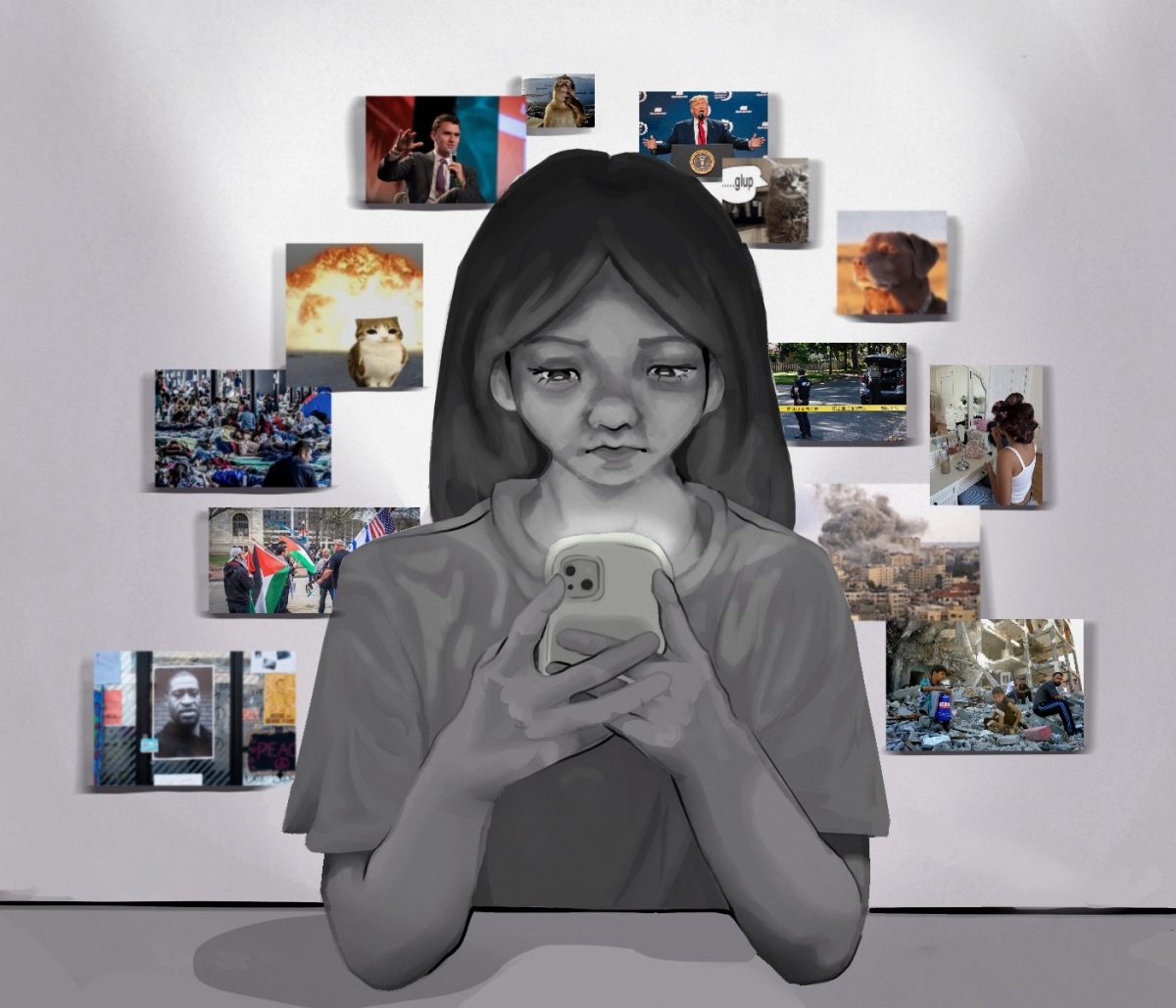
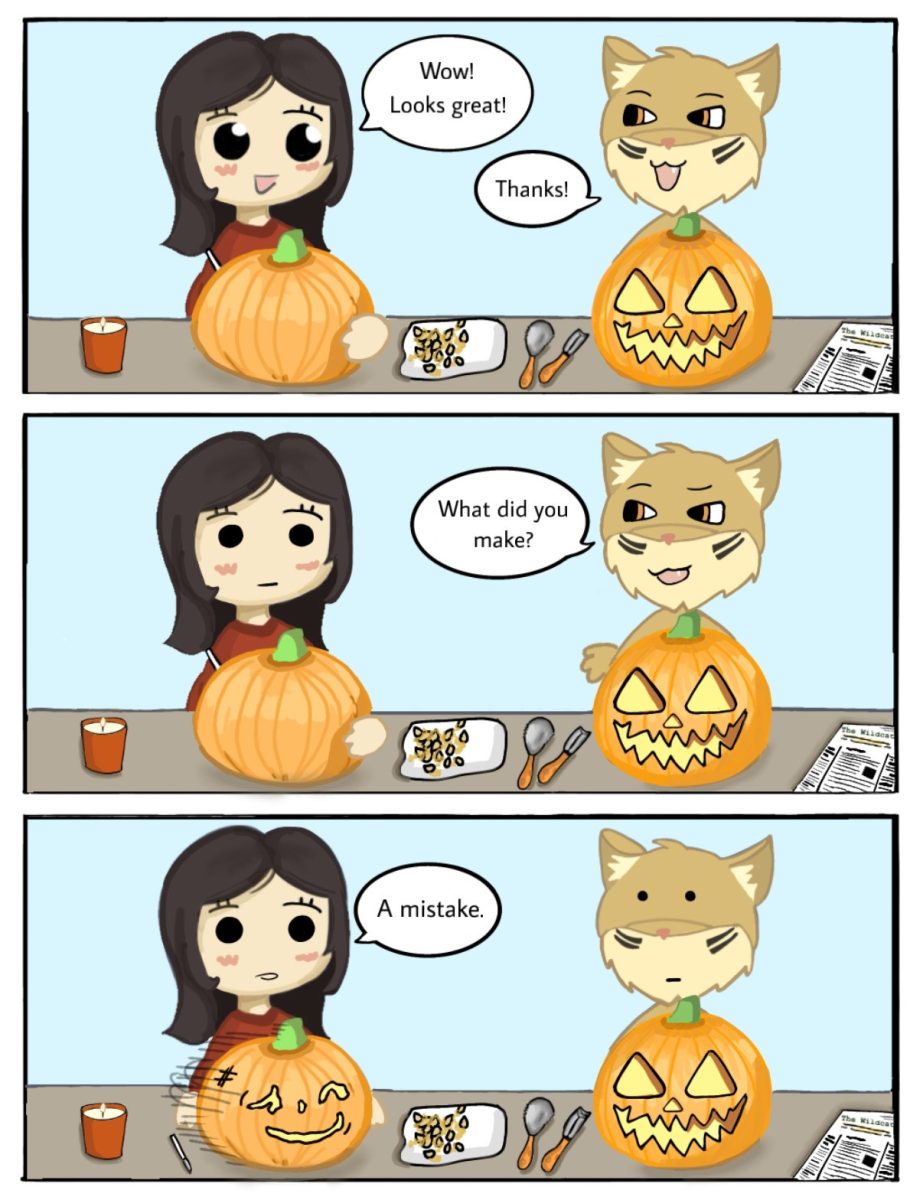
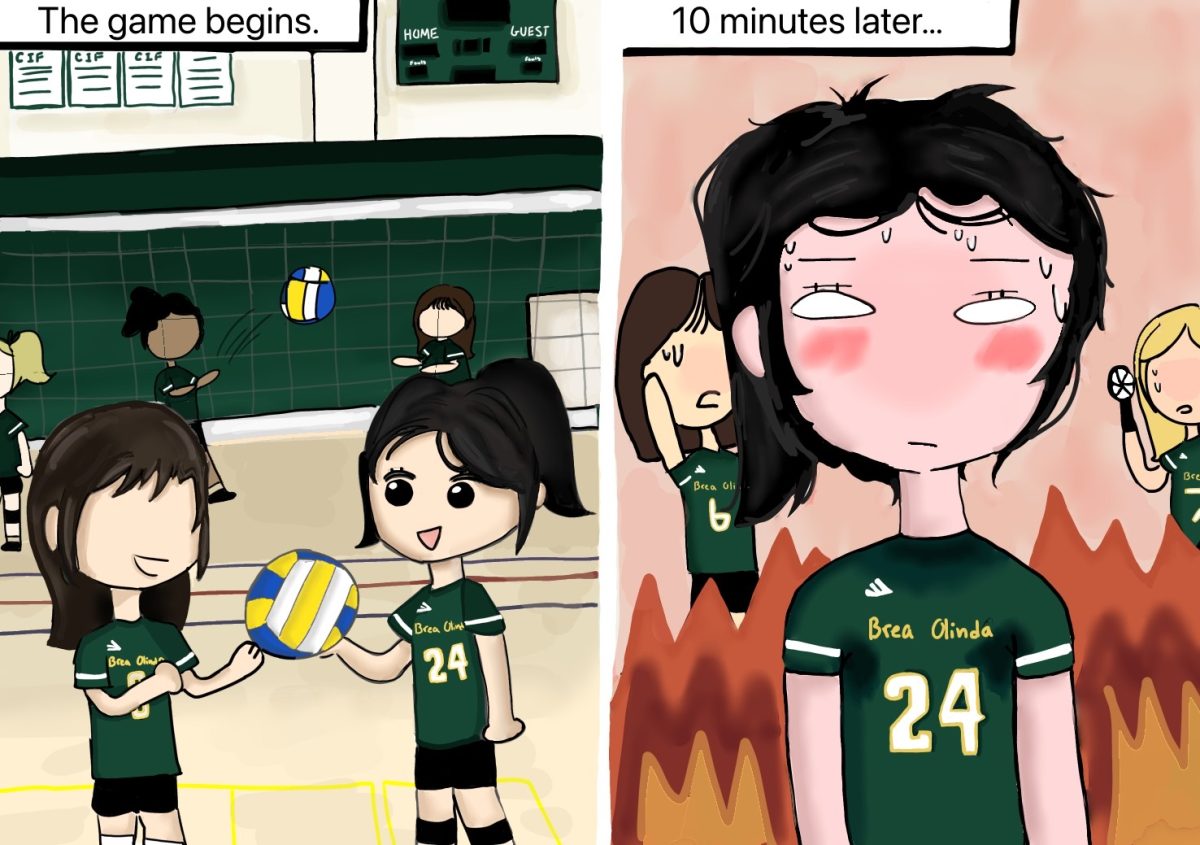
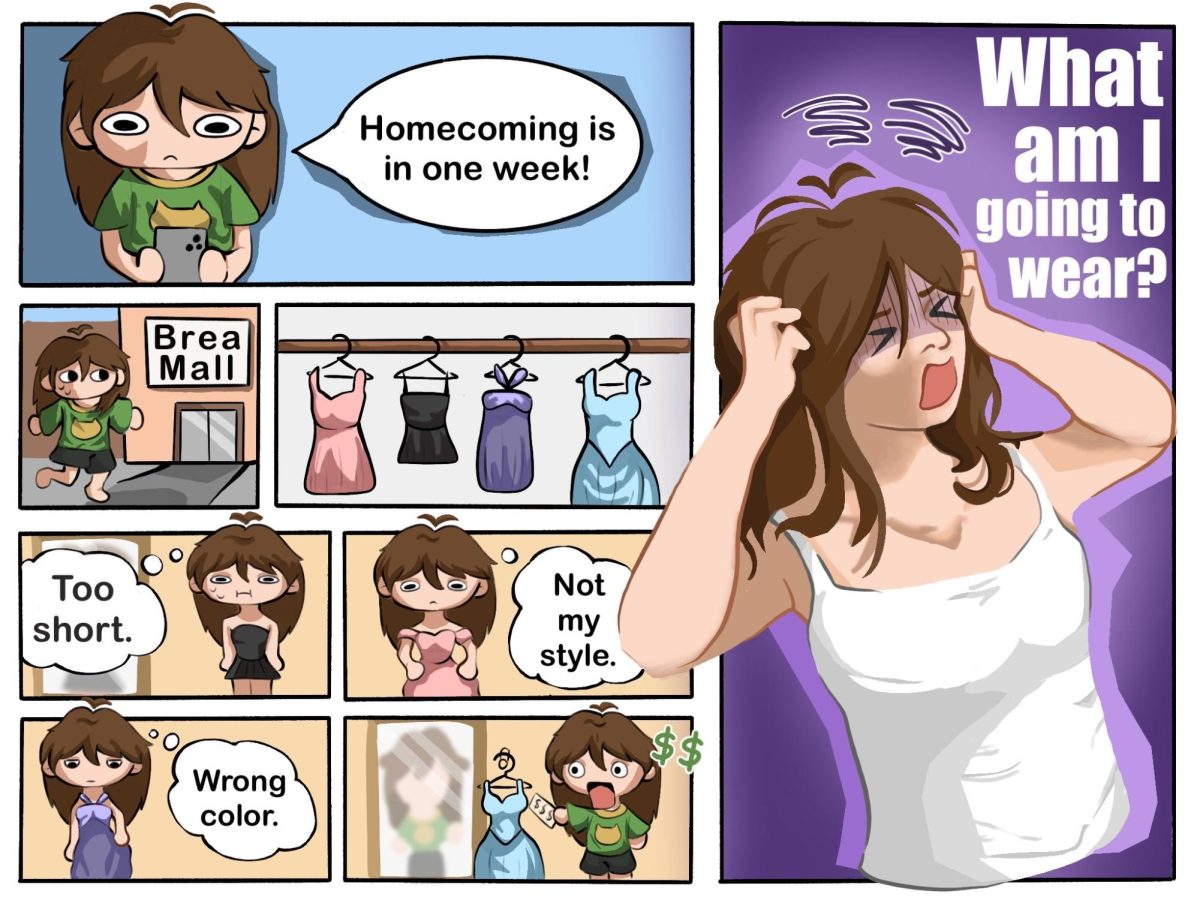

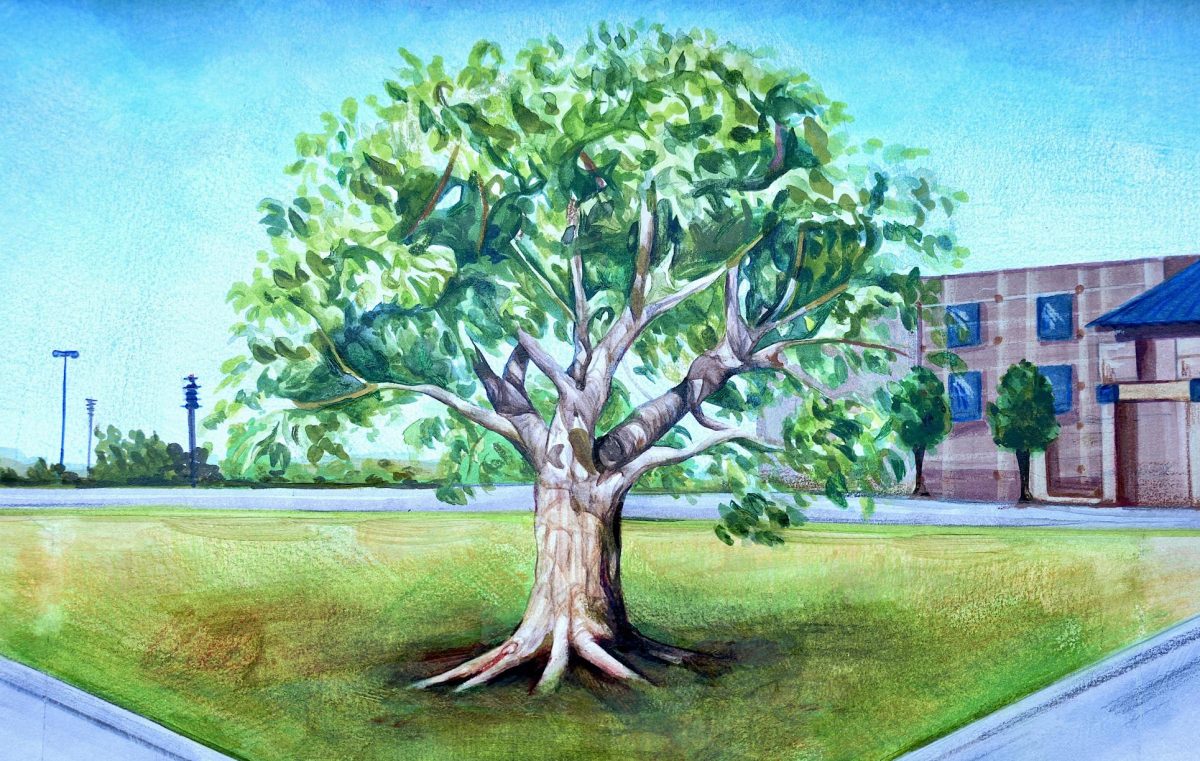
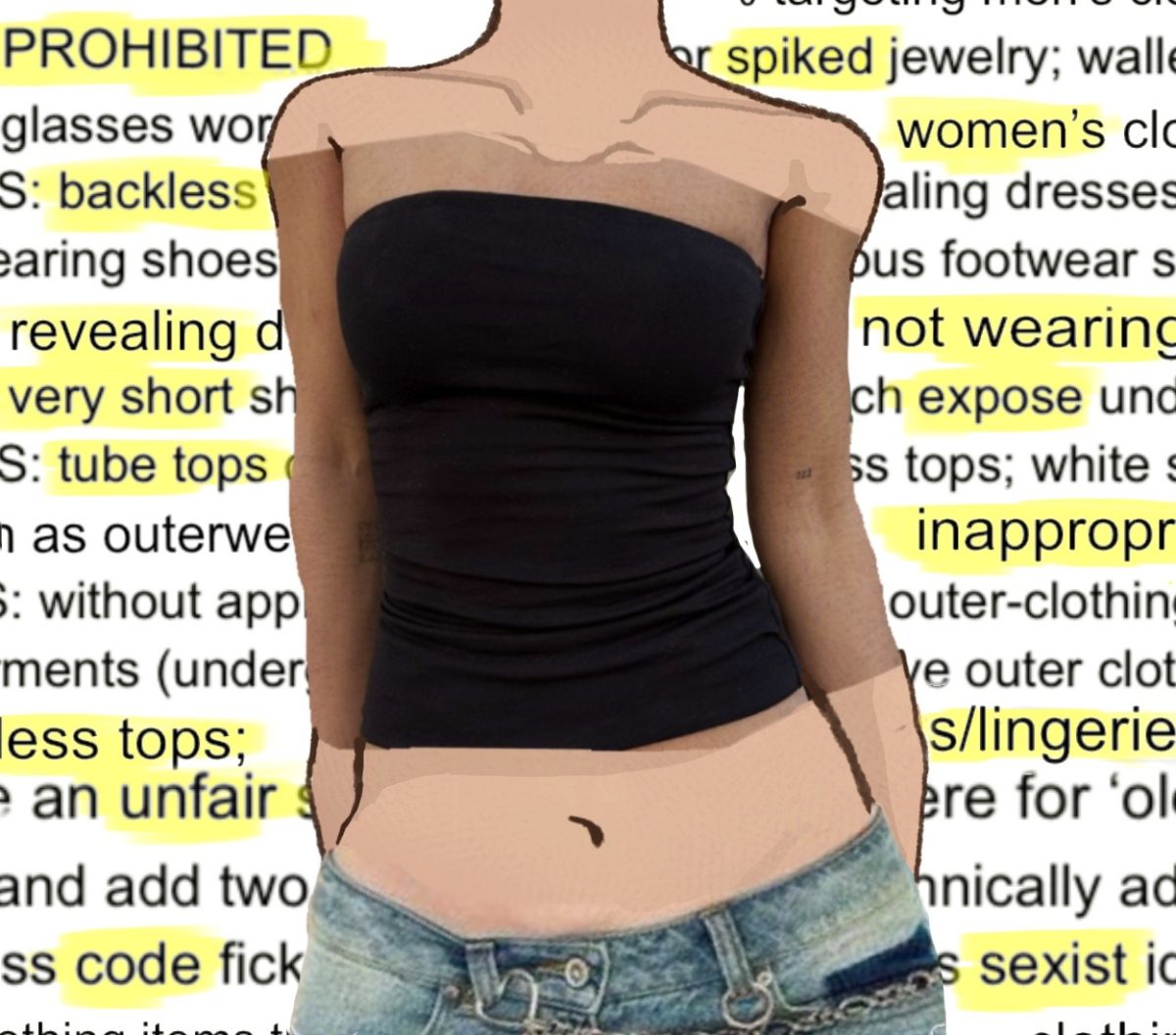
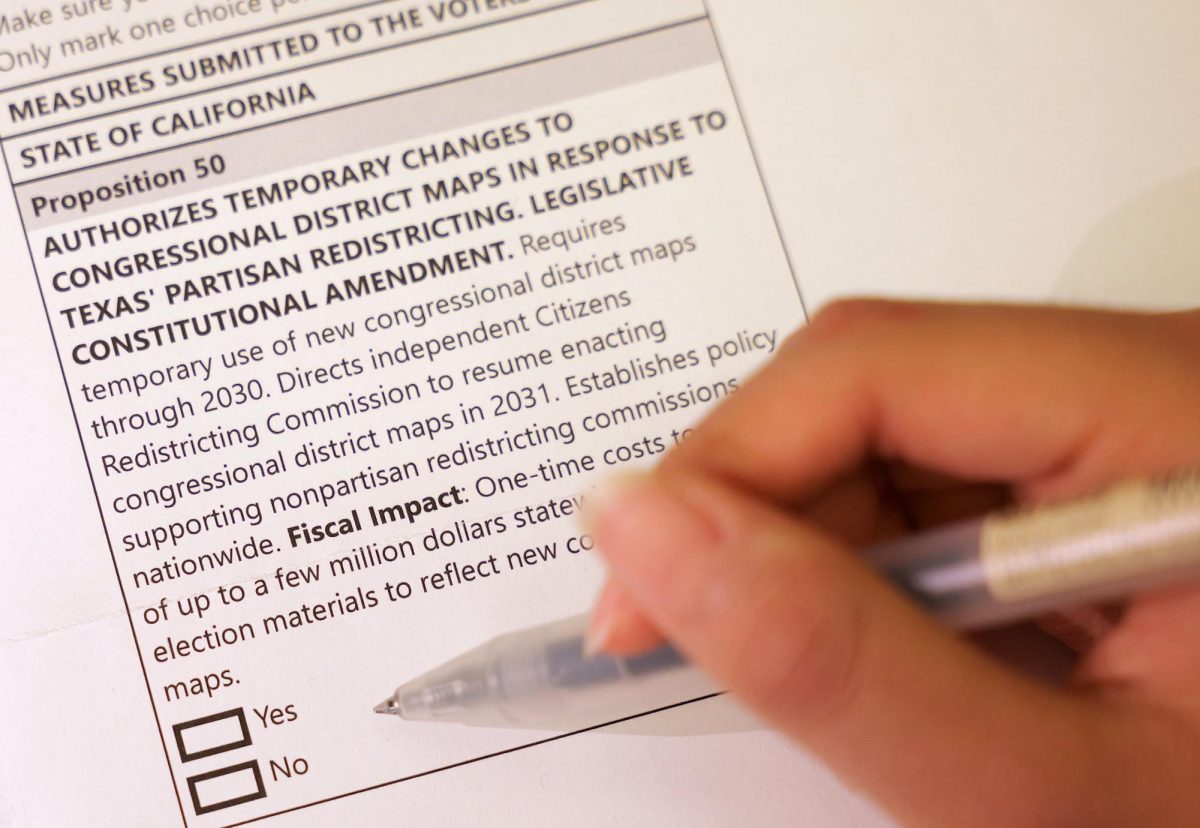
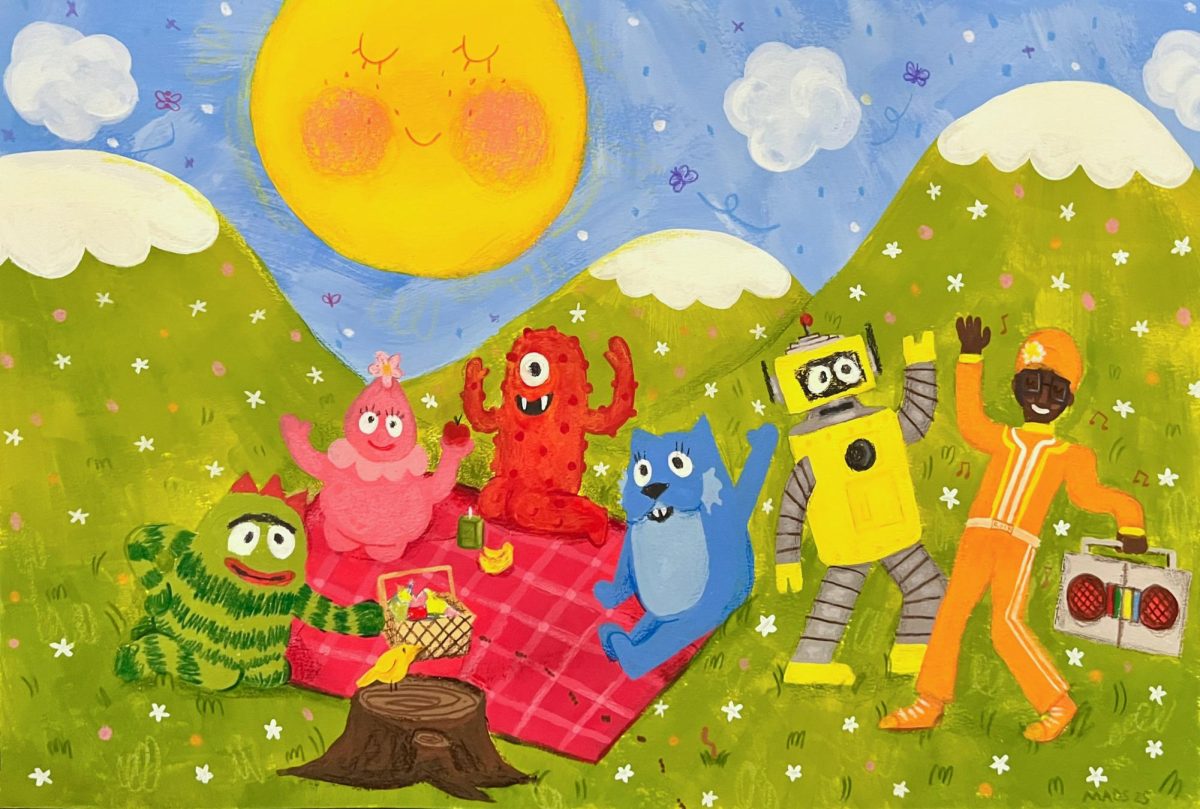
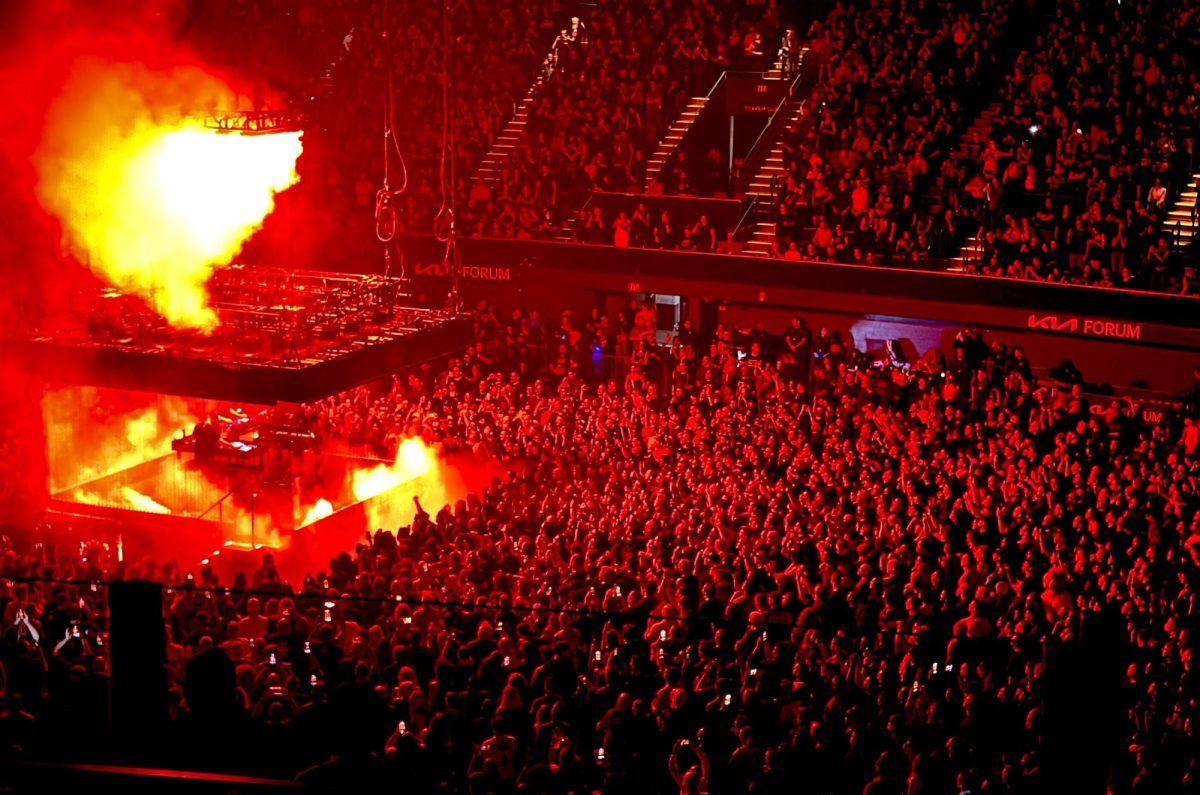
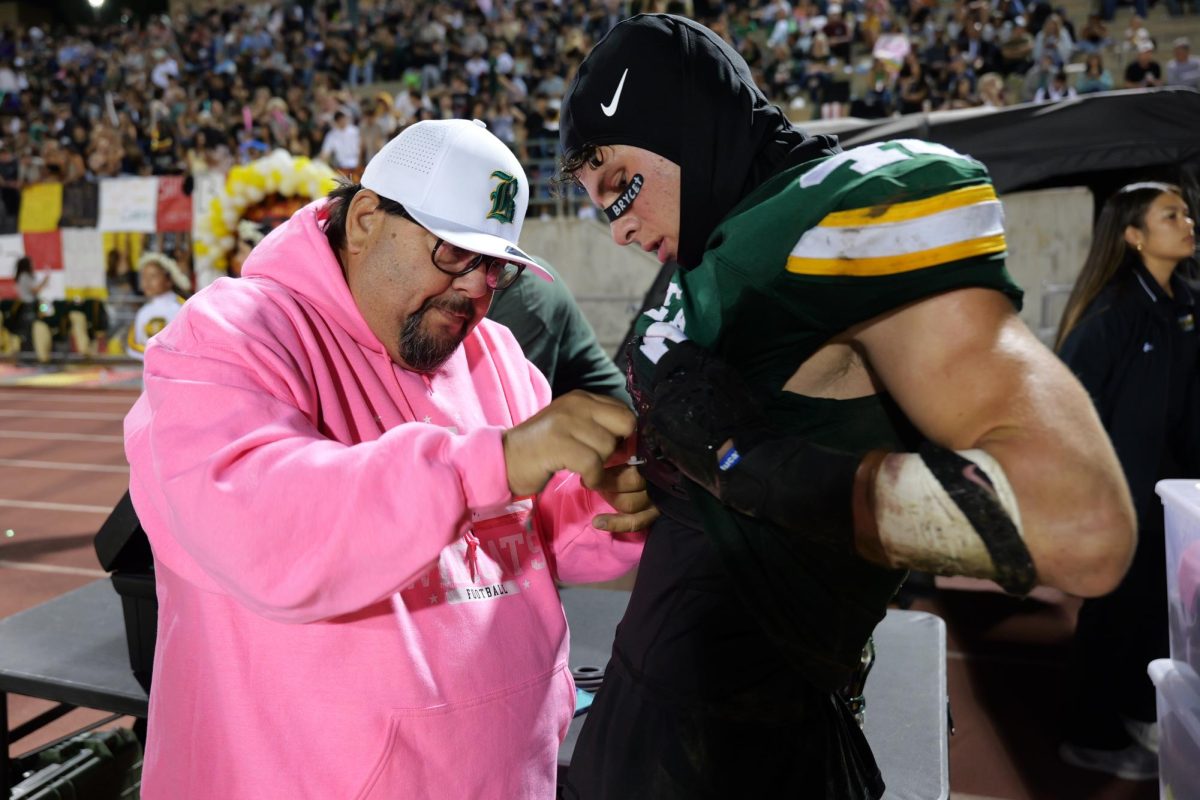
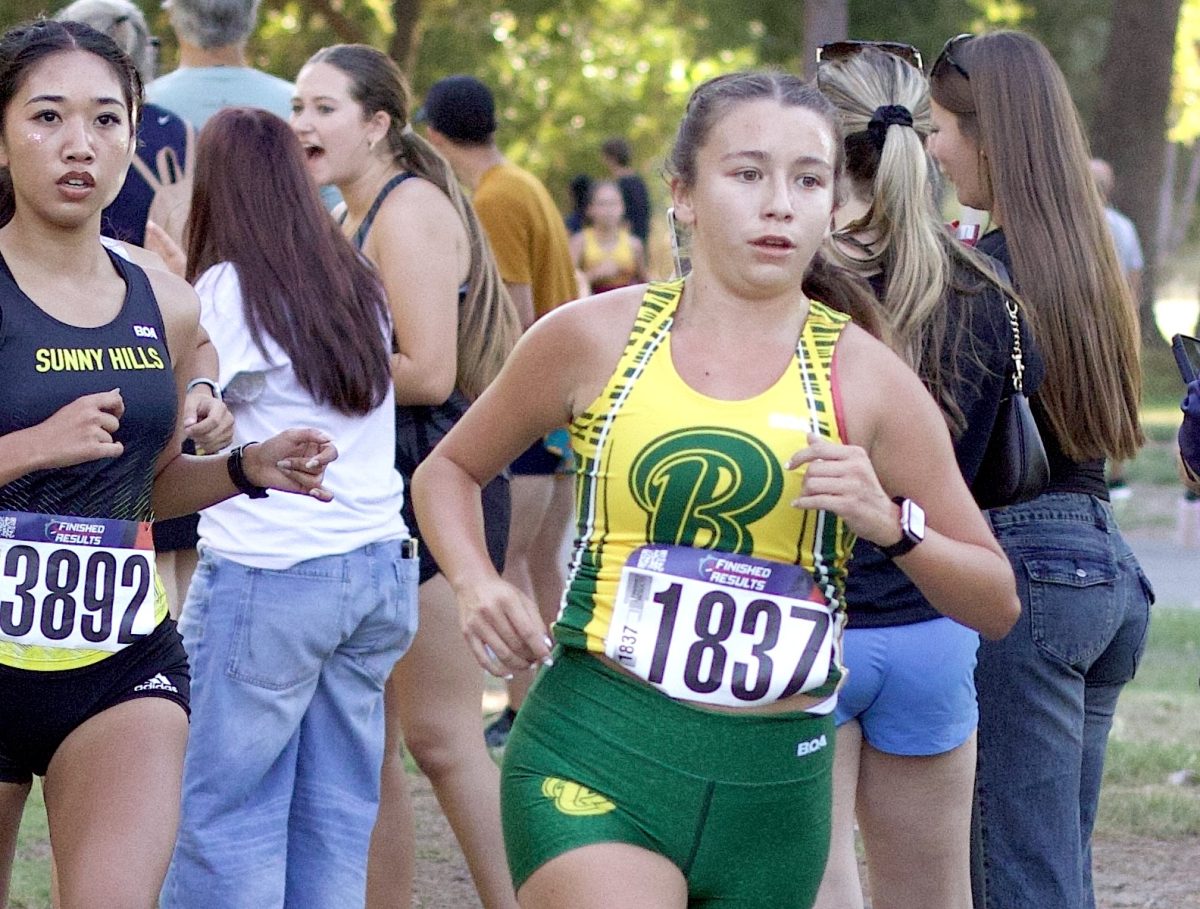



Jacquelyn Nethers • Oct 4, 2025 at 5:33 pm
So good, Quyen.